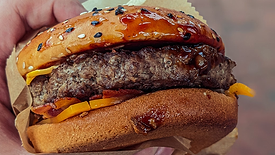Supply Chain
The scope and seriousness of the lead contamination of applesauce pouches for children reaffirm the need to modernize the recall process in the U.S.
Read More
Never miss the latest news and trends driving the food safety industry
eNewsletter | Website | eMagazine
JOIN TODAY!Copyright ©2025. All Rights Reserved BNP Media.
Design, CMS, Hosting & Web Development :: ePublishing












